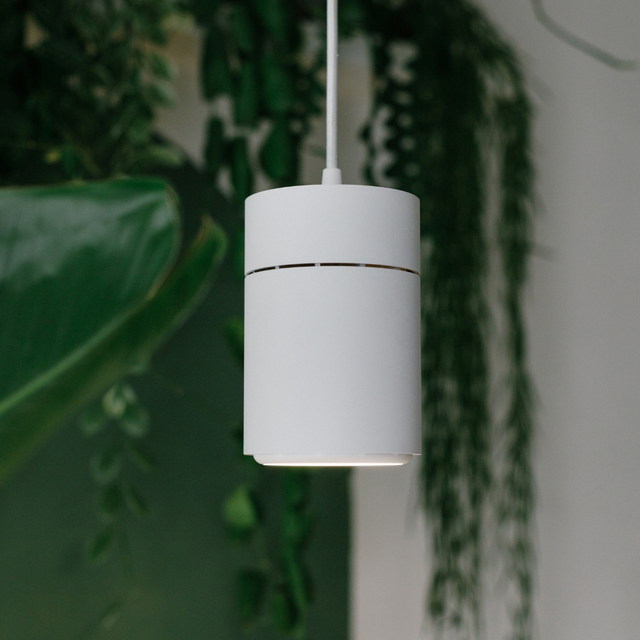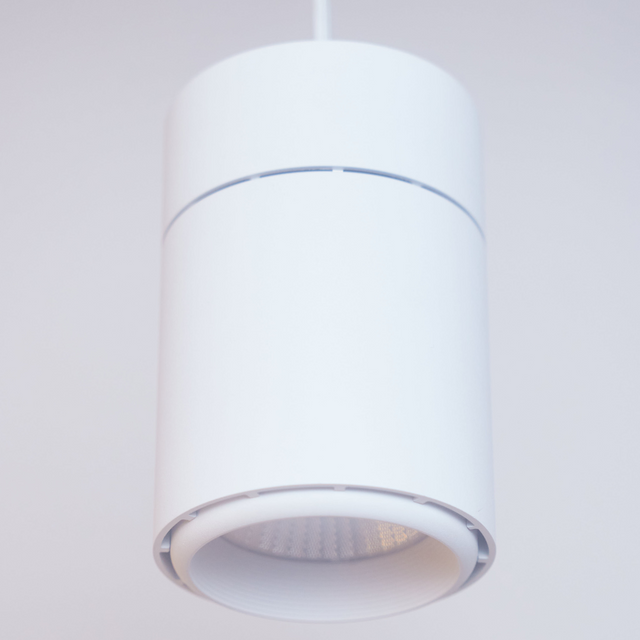
🔬Scientific name: Plerandra Elegantissima or Schefflera Elegantissima (Family: Araliaceae)
🌍 Origin: It’s native to the tropical forests of southern and eastern Mexico and Honduras. Unlike typical desert succulents, it grows in rocky crevices and on cliff sides, often in semi-shaded areas with good air circulation. This semi-epiphytic habit allows it to thrive in bright, indirect light and warm, moderately humid conditions. Its natural environment also explains its need for well-drained soil and infrequent watering, making it a popular choice for indoor hanging baskets or containers where its trailing stems can cascade freely.
Lighting
Lighting requirement: Bright, indirect light
The Burro’s Tail plant thrives in bright, indirect light, making it ideal for sunny indoor spots. It can tolerate some direct morning sun, especially if gradually acclimated, but harsh afternoon sunlight may scorch its delicate, fleshy leaves. Outdoors, it does best in partial sun or dappled light, such as on a covered patio or balcony. If grown indoors, place it near a south- or east-facing window where it receives several hours of filtered light daily. Too little light can lead to leggy, stretched-out growth, while too much direct sun can cause leaf burn.
It can grow very well under full-spectrum grow lights, especially if natural light is limited. Place the grow light about 6–12 inches above the plant and keep it on for 12–14 hours a day to mimic its natural daylight exposure.
Watering:
This plant prefers infrequent but deep watering, following the “soak and dry” method. Water thoroughly when the soil is completely dry, usually every 2–3 weeks, depending on the temperature and humidity. Always use well-draining soil and pots with drainage holes to prevent root rot. During active growth in spring and summer, you may need to water a bit more often, while in autumn and winter, watering should be reduced significantly. Avoid getting water on the leaves, as they are delicate and may drop if disturbed or over-saturated.
Humidity
Burro’s Tail plants prefer low to moderate humidity, typically around 30% to 50%, which mimics their native environment in dry, rocky regions of Mexico and Honduras. They thrive in average indoor humidity levels and do not require misting—in fact, excess humidity or moisture on their leaves can lead to rot or fungal issues. Good air circulation is important, especially in humid climates, to keep the plant healthy.
Care tips regarding humidity:
- Avoid overly humid areas, as excessive humidity can lead to rot.
- Ensure good airflow around the plant.
- No misting needed; allow the soil to dry between waterings.
Overall, Burro's Tail is drought-tolerant and thrives best in dry, airy environments. If your home is naturally dry, there's usually no need to adjust humidity levels, making Burro’s Tail an excellent low-maintenance succulent for indoor spaces.
Fertiliser:
Burro’s Tail plants require only light feeding, as they are slow-growing succulents with modest nutrient needs. During the active growing season—spring and summer—apply a diluted, balanced liquid fertiliser or a cactus-specific formula) once every 4 to 6 weeks. Use it at half strength to avoid over-fertilising, which can damage the roots or cause leggy growth. There's no need to fertilise in autumn or winter when the plant is dormant. A slow-release fertiliser can also be used sparingly at the start of the growing season for a more hands-off approach.
Temperature:
It prefers warm temperatures and thrive in a range of 18°C to 24°C. They can tolerate slightly cooler nights but should be protected from temperatures below 10°C, as cold can damage their fleshy leaves and stunt growth. Indoors, keep them away from cold drafts, air conditioning vents, or heaters that cause temperature fluctuations. If grown outdoors in the UK or other cooler climates, they should be brought inside before autumn chills set in. Consistent warmth helps maintainhealthy, compact growth and reduces the risk of stress or leaf drop.
Troubleshooting and Pests:
This plant is generally easy to care for, but it can encounter a few common problems and pests. The most frequent issue is leaf drop, often caused by handling, as the plump leaves are extremely delicate—so it’s important to move and water the plant carefully. Soft or mushy leaves typically result from overwatering or poor drainage, while leggy growth is a sign of insufficient light. Wrinkled leaves usually indicate the plant is underwatered and needs a thorough soak.
Common pests include mealybugs, which appear as white cottony clumps and can be treated with rubbing alcohol; aphids, which feed on new growth and respond well to insecticidal soap; spider mites, which leave webbing and thrive in dry air; and fungus gnats, attracted to overly moist soil. Prevention includes ensuring proper drainage, avoiding overwatering, keeping the leaves dry, and checking regularly for pests. With gentle handling and consistent care, Burro’s Tail will thrive beautifully.
Height:
Burro’s Tail plants are known more for their length than height, as they are trailing succulents. The stems can grow up to 60 cm to 1 metre long over time, especially when grown in hanging baskets or elevated containers. The plant itself remains relatively low-growing at the base, rarely exceeding 10 to 15 cm in vertical height. Providing ample space for the stems to cascade downward is ideal, both for aesthetic appeal and to prevent breakage from overcrowding.
Is It Toxic To Pets?
No, Burro’s Tail is considered non-toxic to pets, including cats and dogs. This makes it a safe choice for households with animals.
However, while the plant isn’t poisonous, its fragile, bead-like leaves can still pose a minor risk if ingested in large quantities, potentially causing mild stomach upset. Also, broken leaves may create a mess or be a choking hazard for curious pets. It’s best to keep the plant out of reach, especially in hanging baskets, to avoid accidental damage or nibbling.

